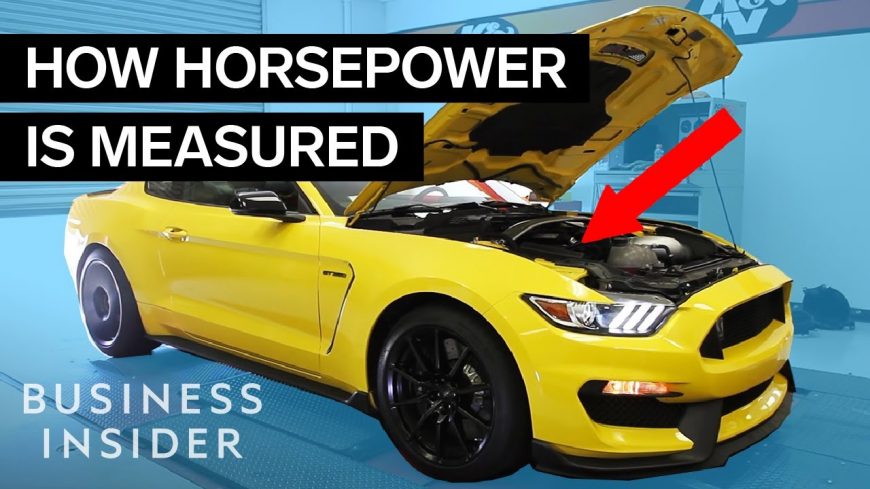Explaining How Horsepower and Torque is Measured in Cars

On the heels of the C8 Chevrolet Corvette being tested and creating much more power than promised, it raises a couple of interesting questions. For those who aren’t so well versed with how power is measured, they might’ve been a little bit confused. For those who understand the inner workings of how a dynamometer works, the picture is a little bit clearer. We’re still not certain on the exact outcome as Motor Trend intends on updating us soon. However, we can make an informed guess at what happened with certain dyno knowledge.
Now, this isn’t necessarily something that’s all that easy to pick up. This time, we tune in with a video from Business Insider that takes the opportunity of breaking it all down and explaining a dyno. When a car goes on the rollers, the number that could spit out on the other end might have all sorts of intricacies that come into play. The output could depend on the different types of dyno that we see. In turn, there are different settings and readings that adjust the numbers around certain schools of thought.
Long story short, there happens to be a whole variety of factors that could equate two different readings. With this explanation, though, we think that just about anybody can get a better idea of how these things work. At the end of the day, dyno numbers don’t always tell the whole story. People should look at an automobile’s real-world performance. However, on the other hand, it still is fun to mull over these numbers to play a little bit of a comparison game. The dyno can also be a helpful tool to help with tuning.
By following along with the video below, those who might not be so familiar with how these machines work will pick up a little bit of much-needed groundwork. After checking this one out, we think that’s just about anybody who could be well on their way to understanding what they need to know when approaching a set of dyno numbers.

